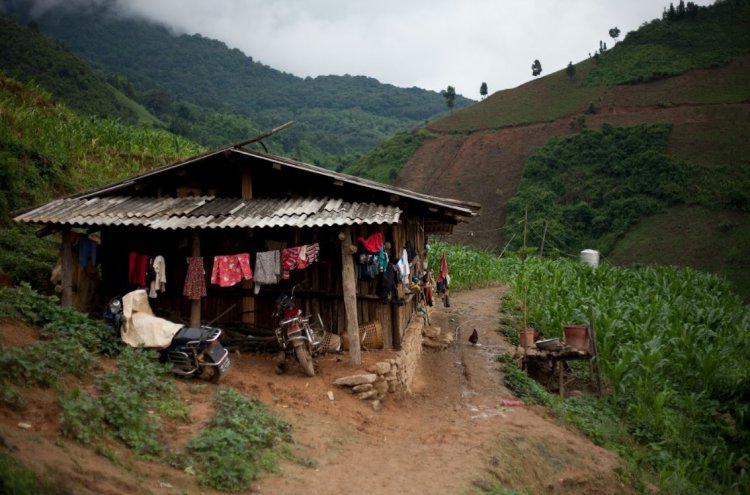Chae-ran, a 35-year-old North Korean woman, fled her village to China 20 years ago, where she faced exploitation and deportation, highlighting the Chinese government’s failure to protect victims.
A woman from North Korea, sold into marriage in China, manages to escape to South Korea after 20 years of initial escape








Comments